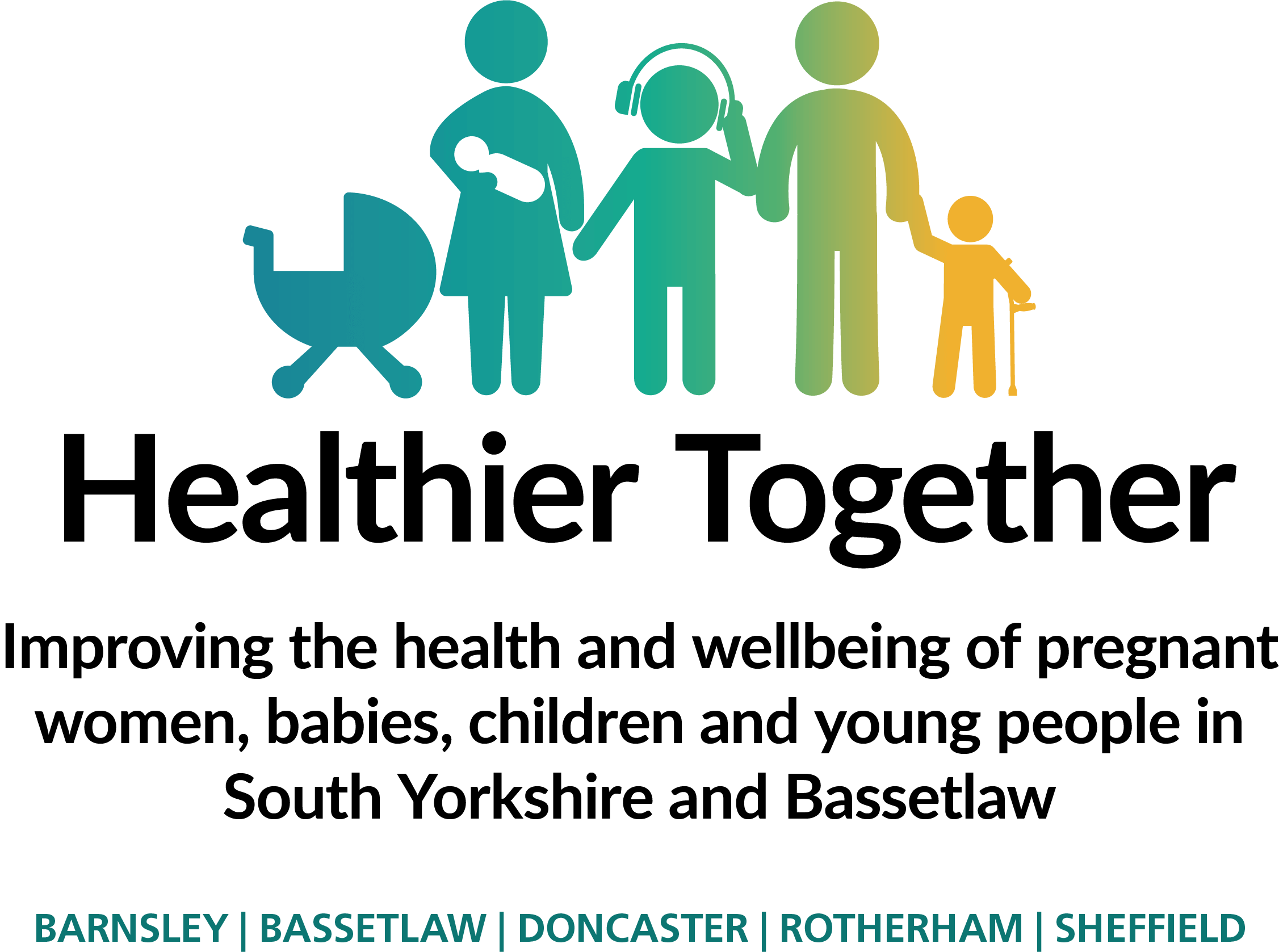Allergies
Let's Make Our Homes a Breath of Fresh Air!
Understanding the signs and triggers of allergies is crucial for promoting a healthy indoor environment. Let's learn why having clean air at home is essential and how we can achieve it.
Things to look out for
Persistent Sneezing and Runny Nose
- Frequent sneezing accompanied by a runny or congested nose may indicate an allergic reaction.
- Observe if symptoms worsen in particular environments or during certain seasons.
Itchy and Watery Eyes
- Children with allergies often experience itchy, red, and watery eyes.
- Pay attention to any patterns relating to exposure to specific substances or environments.
Skin Reactions
-
Look for recurring or unexplained skin issues, especially following contact with potential allergens.
Persistent Coughing and Wheezing
- Frequent coughing and wheezing, even without other signs of illness, may suggest an allergic reaction.
- Take note if symptoms improve when away from certain environments, such as pet-filled homes or dusty areas.
Difficulty Breathing and Shortness of Breath
- If your child experiences difficulty breathing, shortness of breath, or chest tightness, it may be a sign of an allergic respiratory reaction.
- Seek immediate medical attention if any respiratory symptoms are severe or rapidly worsen.
How Can We Improve Air Quality at Home?
Identify Allergens 
- Common indoor allergens include dust mites, moulds, pollen, pet fur or hair, and certain foods.
- Consult your doctor for allergy testing to determine specific triggers that affect your child.
- Treatment - Antihistaines, Nasal Sprays and Eye Drops
- Keep pets out of the bedroom
- Keep pets off soft furnishings e.g. sofas, cushions and beds
- Wash pet bedding regularly on a hot wash
- Remove outdoor clothing prior to entering the home if you have outdoor pets like horses.
- Invest in an air purifier
Smoke-free indoors 
- Smoking indoors can lead to unhealthy air quality and respiratory problems, such as asthma.
- Secondhand smoke from other individuals' cigarettes can linger in the air and settle on surfaces, posing health risks, especially for children and individuals with pre-existing illnesses.
- Ensuring a smoke-free environment inside our homes is crucial in promoting better health for everyone.
- By prohibiting indoor smoking, we can create a healthier living space for all occupants.
Keep a Clean and Dust-Free Home 
- Regularly vacuum carpets and upholstery to reduce dust mites and pet dander.
- Use allergy-proof bedding covers and wash bedding frequently in hot water.
- Minimise clutter and clean surfaces regularly to prevent the accumulation of allergens.
Let the outdoors in 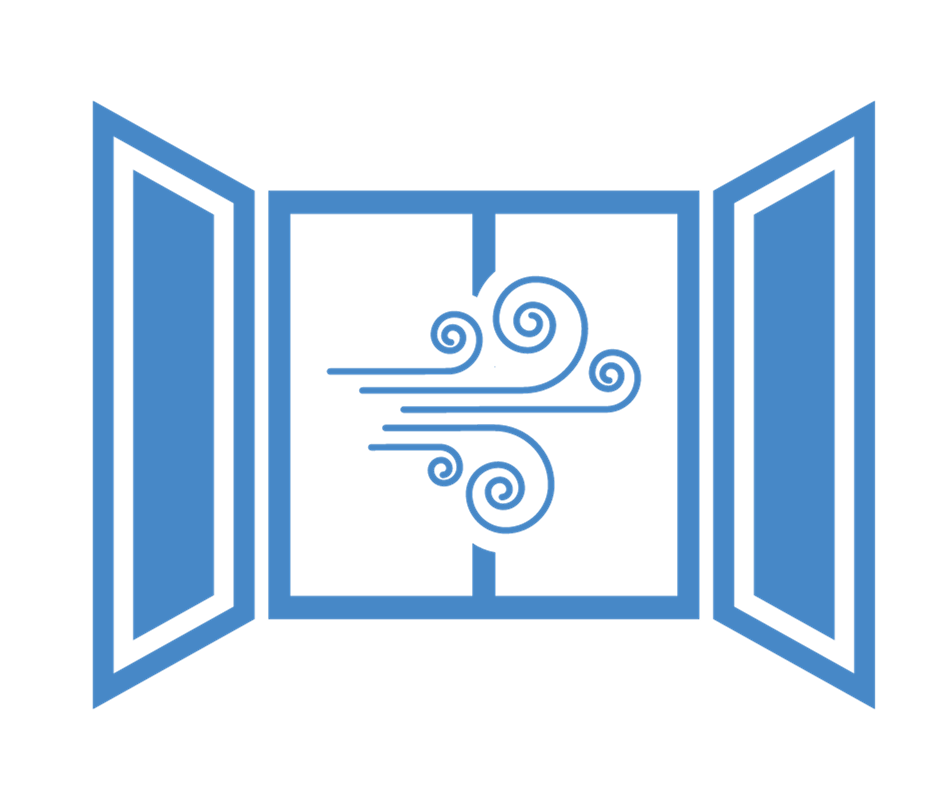
- Open your windows and let fresh air in whenever you can. It's like giving your home a big gulp of clean air.
- Maintain appropriate humidity levels in your home (around 30-50%) to discourage mould growth.
- Use extractor fans in bathrooms and kitchens to remove excess moisture and prevent mould buildup.
Pet Allergies 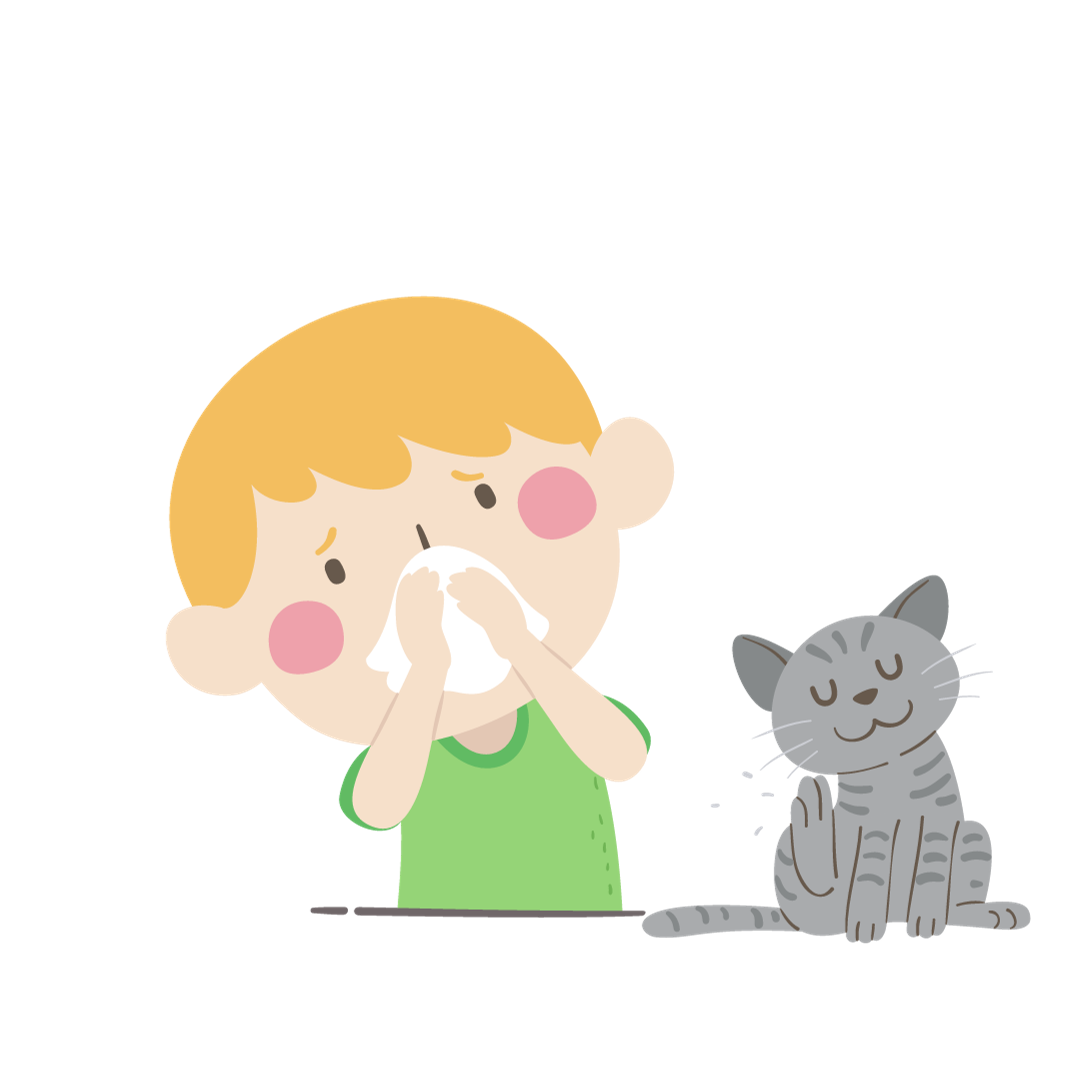
- If your child is allergic to pets, consider keeping them out of specific areas, such as bedrooms.
- Regularly groom pets and wash their bedding to reduce allergen exposure.
- Encourage handwashing after contact with pets.
Minimise Indoor Pollutants 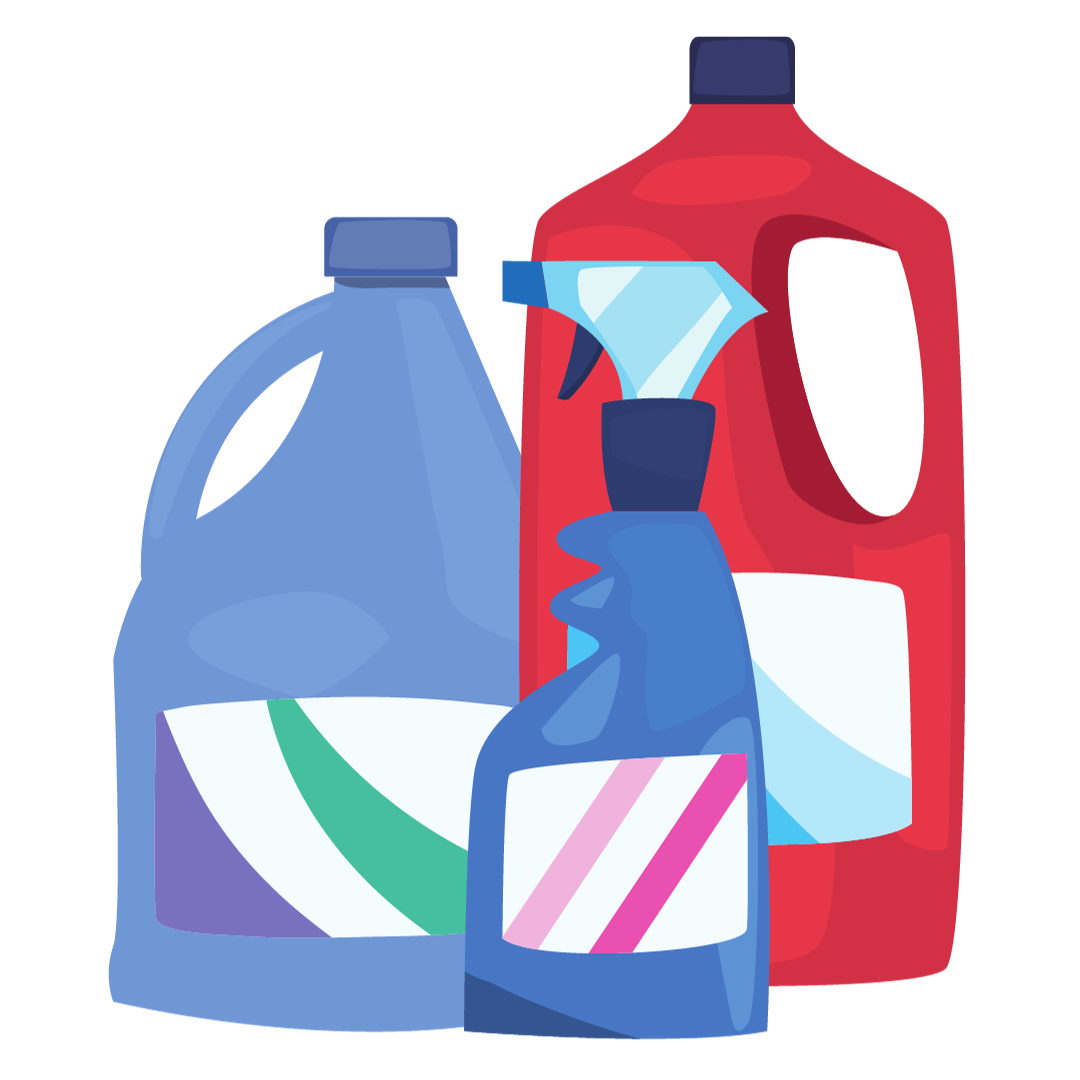
- Keep your home smoke free.
- Use natural cleaning products and avoid strong chemical odours.
- Ensure proper ventilation when using certain household products or paints.
Houseplants are our friends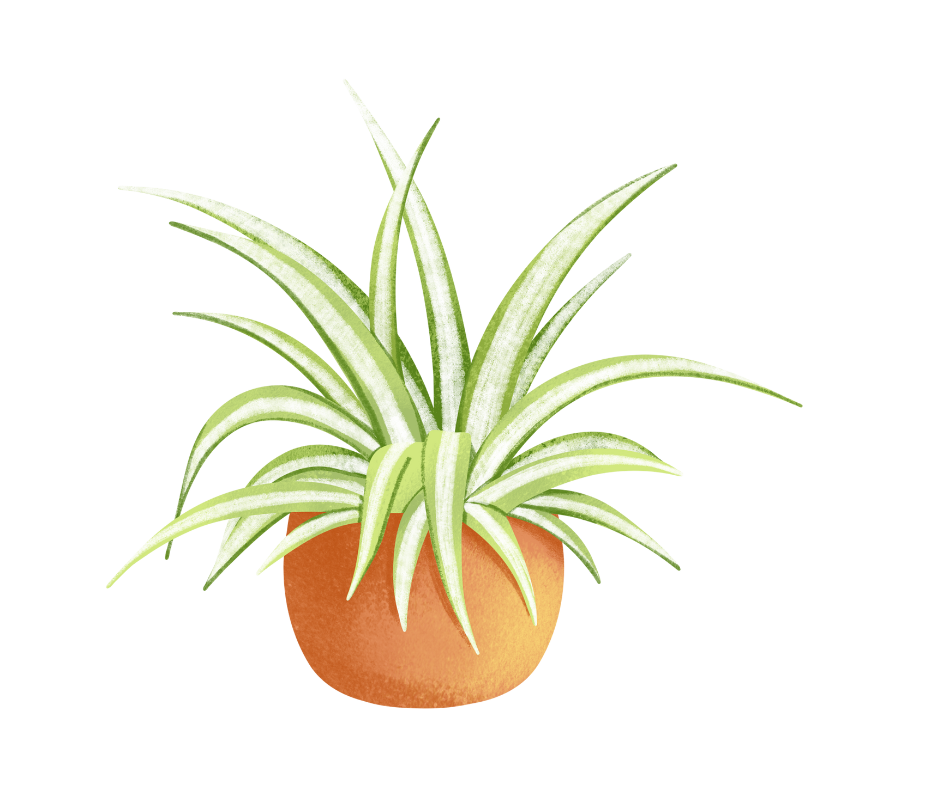
Some plants, like spider plants and snake plants, can help clean the air in your home. Plus, they make your home look cool!
Remember, understanding and managing allergies can greatly improve your child's well-being. By creating an allergy-friendly environment at home and ensuring clean air, you are taking an essential step toward their health and happiness. If you have concerns or suspect allergies, consult a healthcare professional for appropriate diagnosis and guidance.
Outside
Hayfever
There are different types of pollens, and a person can be allergic to more than one. Pollens are present throughout the year. The most common include:
Tree Pollen- High levels March to May
Grass Pollen- Affects approximately 95% of people with hay fever- high levels between May and July
Weed Pollen- High levels June to September
When pollution levels are high, hay fever symptoms can get worse. This is due to the pollution molecules sticking to the pollen grains, which results in them being in the air for longer.
Symptoms
- Sneezing
- Coughing (usually caused by a post nasal drip- the feeling of mucus dripping down the back of the throat)
- Itchy eyes or throat (can also induce itching in the mouth and ears)
- Red or watery eyes
Control
- Take your daily medications as prescribed
- Access a pollen calendar to be aware when your pollen trigger is most likely to be at its highest risk
- Take an antihistamine or use a nasal spray to alleviate symptoms. Discuss with your GP, asthma nurse or consultant about if this is required as and when symptoms arise or if required routinely. Taking a few weeks before symptoms usually starts allows the medication to build up in the blood stream.
This webpage was developed using the following resources:
Air Pollution
Air pollution harms everyone; however, it is particularly harmful to those with asthma. Air pollution can irritate the airways inducing symptoms such as coughing, wheezing, breathlessness and chest tightness.
Ways to lower risk
- Ensure you use your preventer medications every day, even when well
- Prepare by checking the pollution in your area ( good place to add the air pollution links)
- Avoid pollution rich areas such as, main roads, bus stations and car parks. Plan alternative routes if walking such as quieter back streets or leaving earlier to avoid the increase in pollution levels from traffic.
- Keep your reliever accessible
